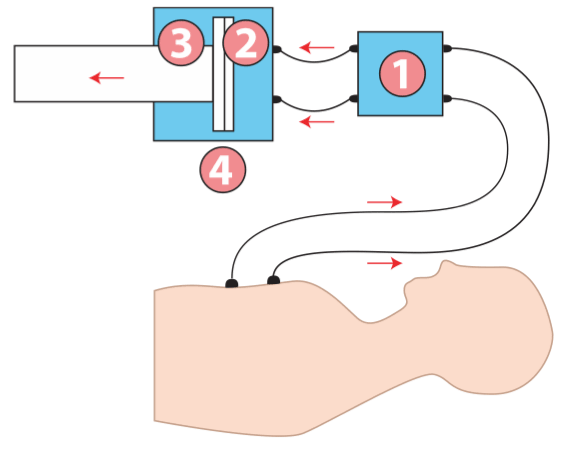ECG- Rapid Guide
Introducción
Electrocardiograph
It is based in four main elements:
• An amplifier
• A galvanometer
• A writing device
• A calibration system
ECG registers the differences in electrical potential generated by heart electrical stimulus. This electrical activity generated by the heart can be measured by an array of electrodes placed on the body surface. These electrodes, connected to wires and then to the ECG machine, pick up the electrical signals generated by the heart during each heartbeat. The machine then processes these signals, amplifying and filtering them to create a visual representation of the heart's electrical activity, which can be printed by an galvanometer (oscilloscope), plotting its voltage on a vertical axis against time on a horizontal axis. It is recorded onto ECG paper, which runs at a speed of 25mm per second. Standard pink ECG paper is made up of 5 x 5mm squares, each containing 25 smaller 1 x 1mm squares. The 1mm width of each small square represents 40 milliseconds.

